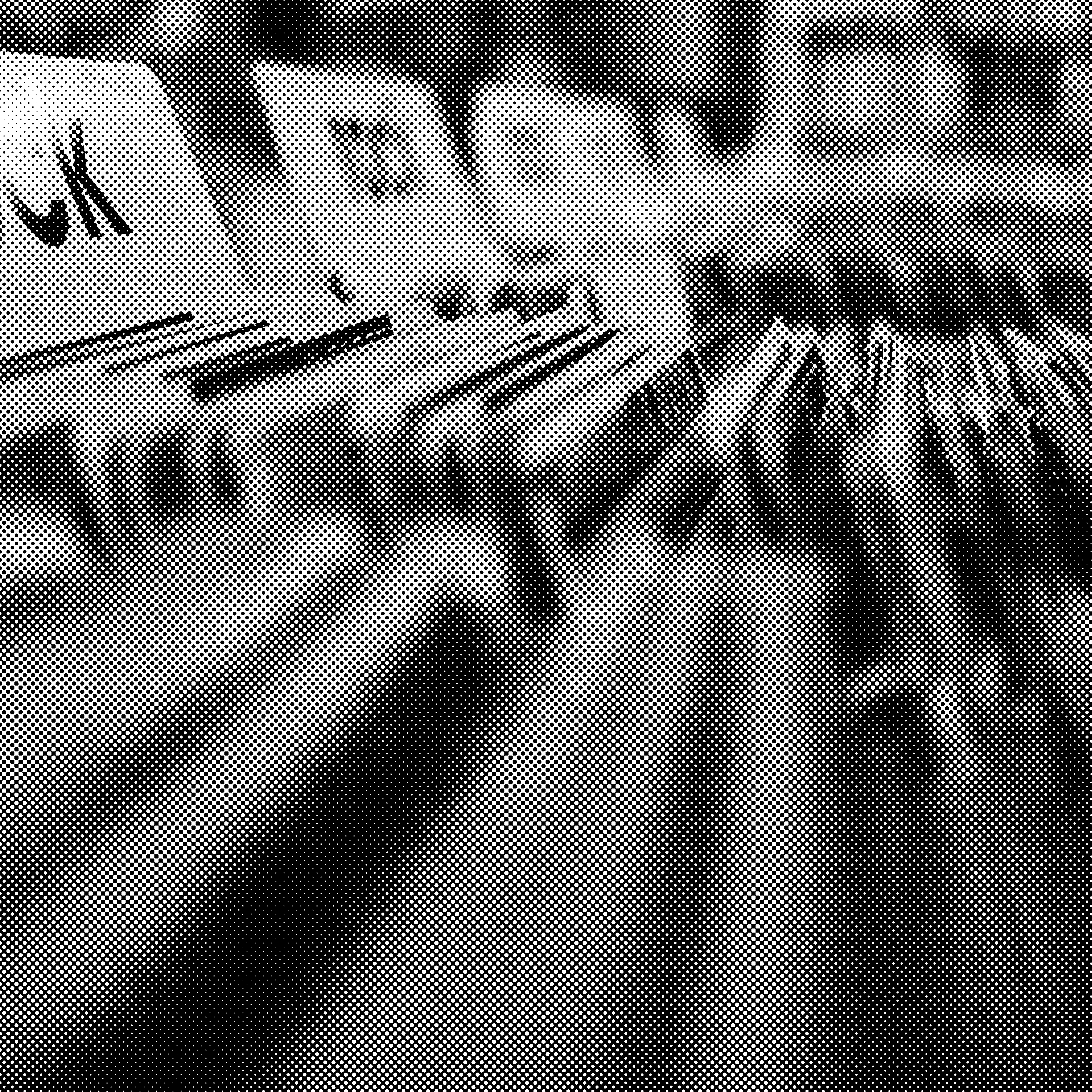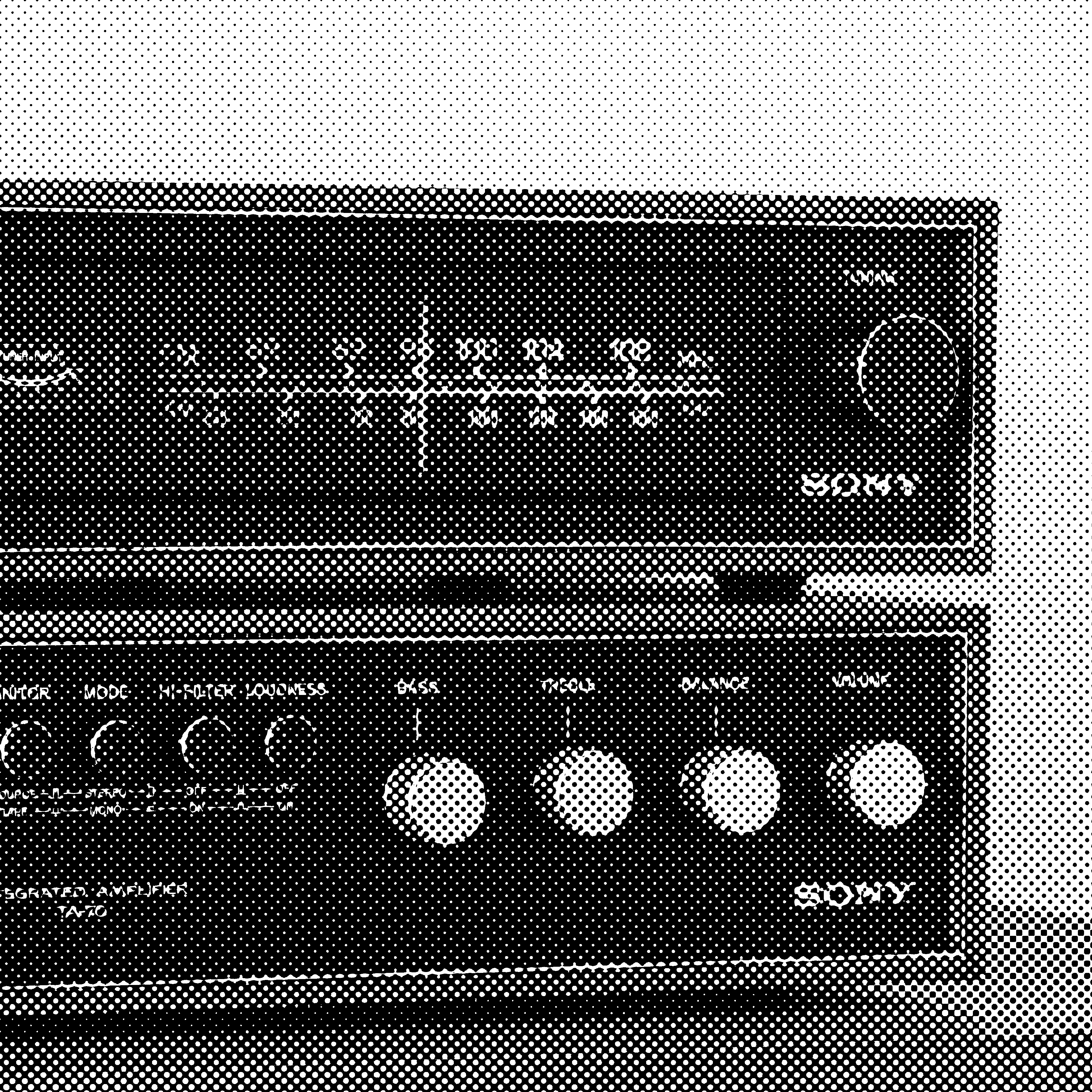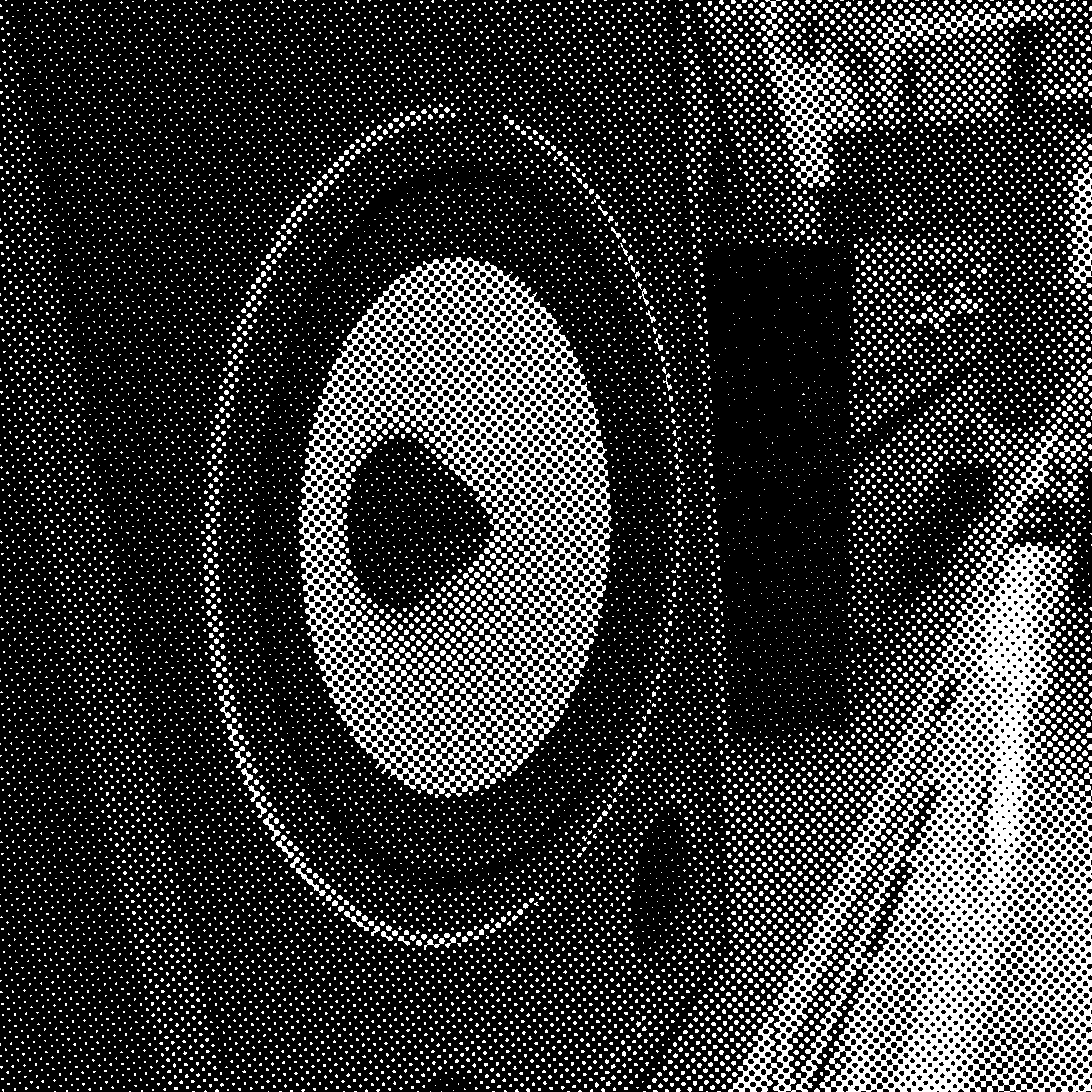Guide: Singles, Albums, EPs, and LPs
Let's talk singles, albums, EPs, and LPs and listen to some examples.

Let's define some terms. I'll link some streaming examples we can listen to at the end.
The word "album" is like 300 years old. For our purposes, an album is a collection of songs. Any collection of songs. The original word from the 1700s refers to pages of sheet music (or anything else flat like photos or stamps) stored in a book.
"Singles" are a single-released song, sans an accompanying album. It's not that simple, though. Modern singles are often released with a few other tracks. This is a holdover from when music was produced and distributed on seven-inch vinyl records to be spun at 45 rpm for playback. Records have two sides, an "A" and a "B". Printing and shipping a physical record with a blank side was wasteful in terms of materials, cost, and opportunity. So singles were usually released with a "B-Side" complementary track. B-sides are often filler tracks, something that would otherwise not be released, or an alternate version of the more substantial single release.




